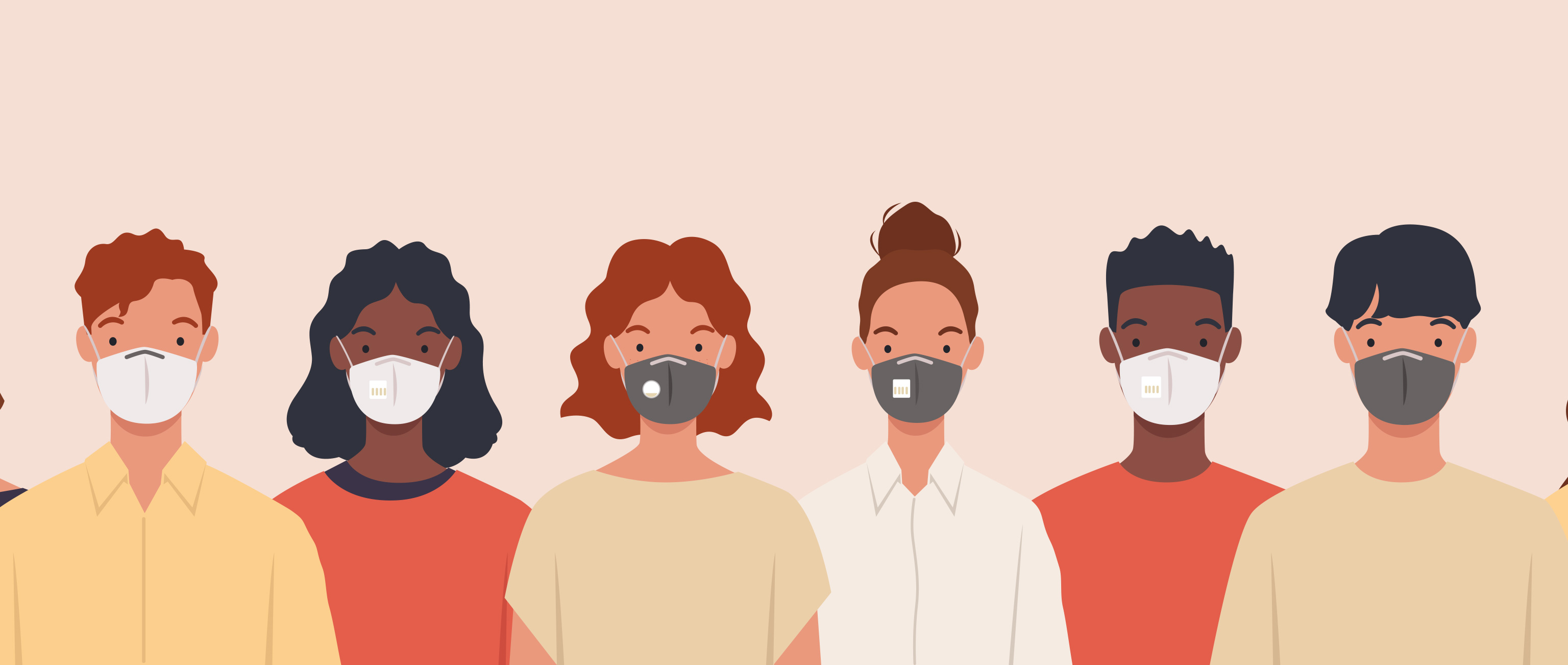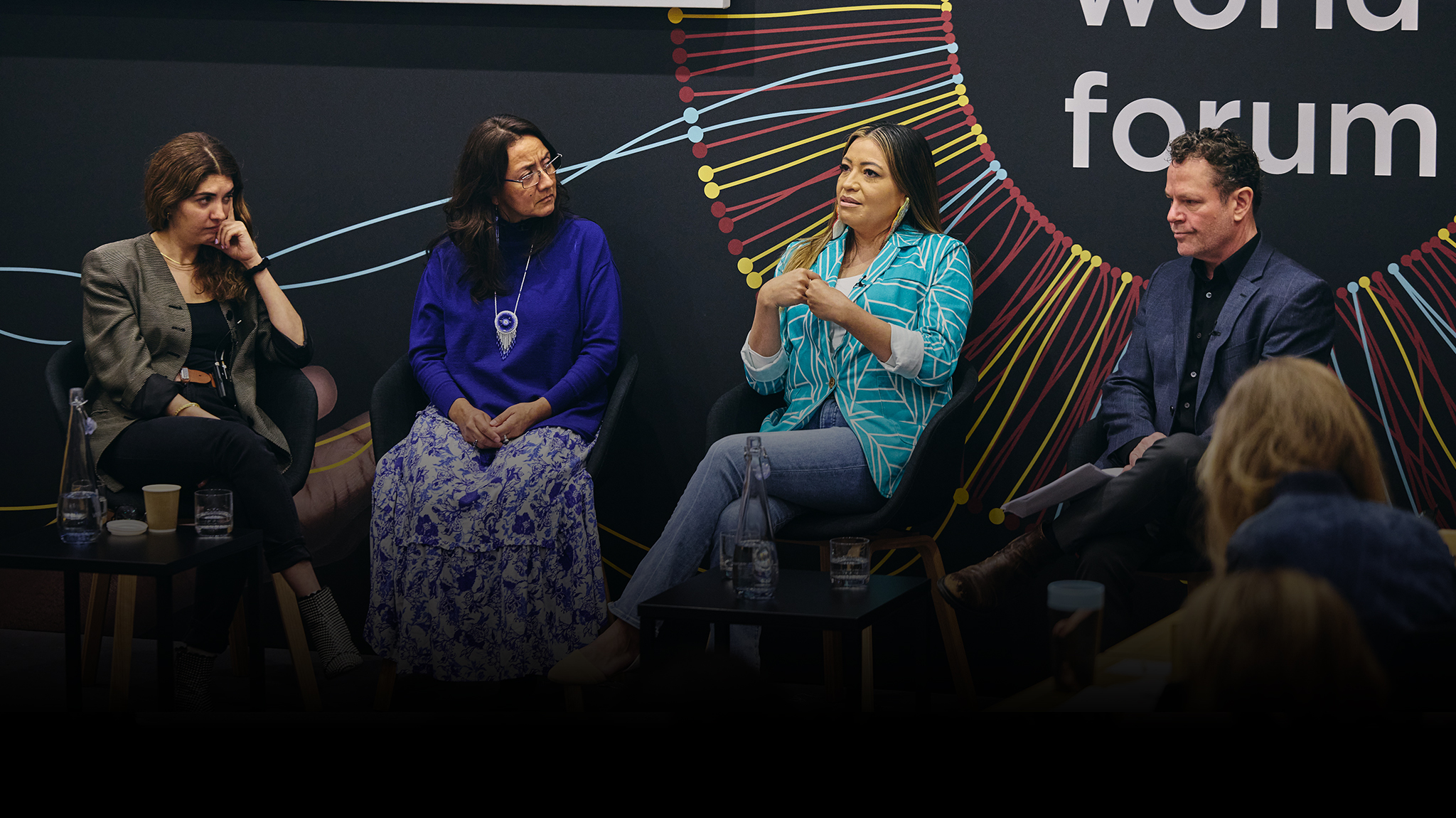COVID Near You: How You Can Fight the Pandemic in 30 Seconds from Your Home
How are you feeling?
Before the outbreak of the novel coronavirus that was a simple question. Today, posed on the COVID Near You website, it’s a question with life and death implications. Back in 2011, Ending Pandemics teamed up with the HealthMap team at Boston Children’s Hospital to create Flu Near You—a crowdsourced effort of self-reporting flu symptoms to inform early detection and response. Ending Pandemics is now supporting HealthMap as they collaborate with a consortium of software developer volunteers from the technology industry to take the Flu Near You experience and adapt it to COVID Near You. COVID Near You to use crowdsourced data to help citizens and public health officials track, identify, and map current and potential coronavirus hot spots across America, Canada, and Mexico.
COVID Near You could become “one of the pillars for a national strategy that carries the United States into a safe zone,” Wired Magazine recently reported.
Completely voluntary, the site invites anyone to contribute to real time efforts to strengthen public health systems. The answers to a few simple questions about current health status like symptoms and temperature, flu vaccination status, and contact with anyone who might have a confirmed case of COVID 19 gives local public health professionals granular, location-specific data to fight the pandemic.
One of the creators of COVID Near You, John Brownstein, Chief Innovation Officer at Boston’s Children’s Hospital, and a professor at Harvard Medical School, explained to CTV News the idea. “COVID Near You engages the public in public health by having people report their symptoms and tell us about illness in the community—data that we actually don’t have access to generally,” said Brownstein. “We’re trying to arm public health officials with the right amount of data in real time about what’s happening, where we are with cases, how many people have been infected, what emerging hotspots are out there, is social distancing working.”
COVID Near You analyses thousands of reports to display the aggregated results on an interactive, zoom-able map. Anyone can drill down to get a zip-code-level view of the situation to see latest two weeks of activity anywhere. You can see how many people have reported COVID-19 symptoms, and how many have taken a test.
The result makes the invisible, visible.
“We’ve taken the approach that its time to put the public back into public health,” says Dr. Mark Smolinksi, founder of Ending Pandemics, a global health nonprofit that works with health professionals and technologists dedicated to finding and tracking transmissible disease outbreaks early, before they become global pandemics.
As of this week, nearly 700,000 people have reported their health status through COVID Near You.
“When we created Ending Pandemics, our focus was on early detection,” said Smolinski. “We’ve gotten better at verification, declaring outbreaks, and rapid response. But there is still a massive amount of delay. And every moment we delay translates into illness, death, and economic loss.” Participatory surveillance tools from Ending Pandemics help collect public data—in partnership with Ministries of Health—in countries including Brazil, Thailand, Tanzania, and Cambodia. Ending Pandemics also partners closely with Influenzanet—the nine country consortium in Western Europe—and FluTracking in Australia and New Zealand, both which operate very similar models to Flu Near You and have adapted for COVID-19 tracking.
Today, Ending Pandemics funds community health professionals in East Africa and Southeast Asia who track animal diseases before they can spread to humans, supports networks across the globe to scale innovations, and rolls out mobile apps and web-based tools so concerned citizens can act as the eyes and ears for public health agencies.
“We come in with scientific advice, technical advice and catalytic funds to create a prototype, and then raise enough money with partners to bring that tool to fruition,” says Smolinksi. “The money we’re investing in every country is saving lives, and protecting livelihoods every single day, because they are used for all disease surveillance, not just outbreaks.”
Read more about how the Skoll Foundation is responding to COVID-19.
Want more stories of transformational change on the world’s most pressing problems? Sign up for Skoll Foundation’s monthly newsletter.



